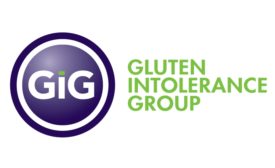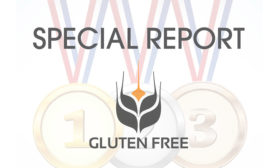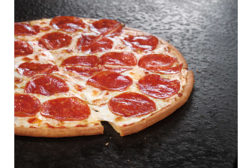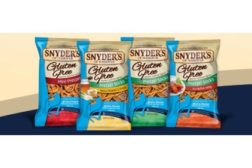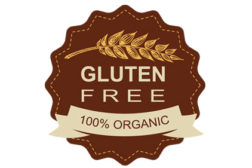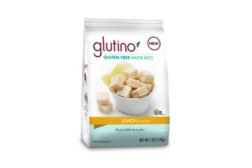Home » Keywords: » celiac disease
Items Tagged with 'celiac disease'
ARTICLES
The team has managed to lower gluten content without losing dough quality.
Read More
The Gluten Intolerance Group (GIG) wraps up Celiac Awareness Month
GIG's year-round efforts designed to educate and support those living gluten-free
June 1, 2017
Get our new eMagazine delivered to your inbox every month.
Stay in the know on the latest snack and bakery industry trends.
SUBSCRIBE TODAY!Copyright ©2024. All Rights Reserved BNP Media.
Design, CMS, Hosting & Web Development :: ePublishing


